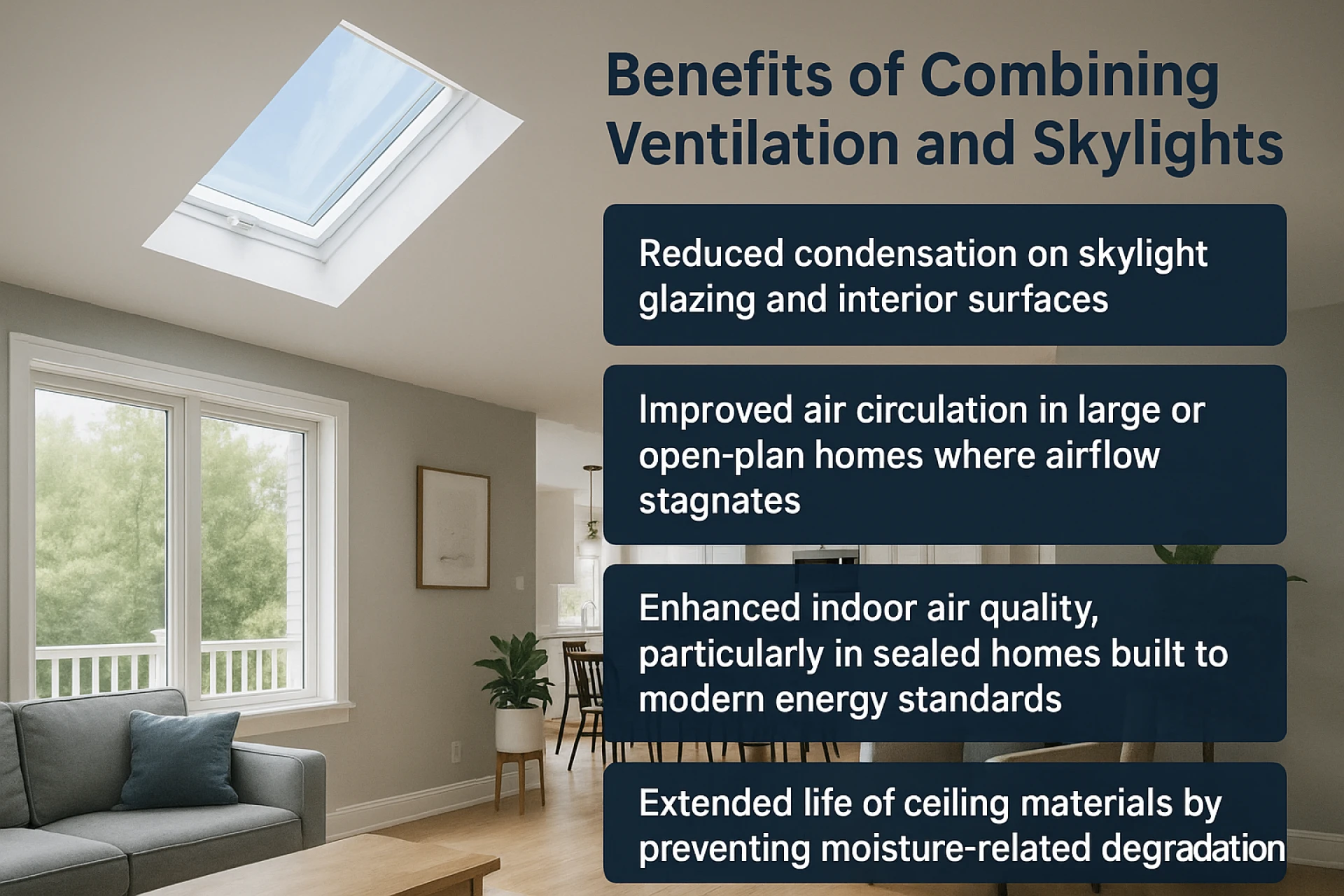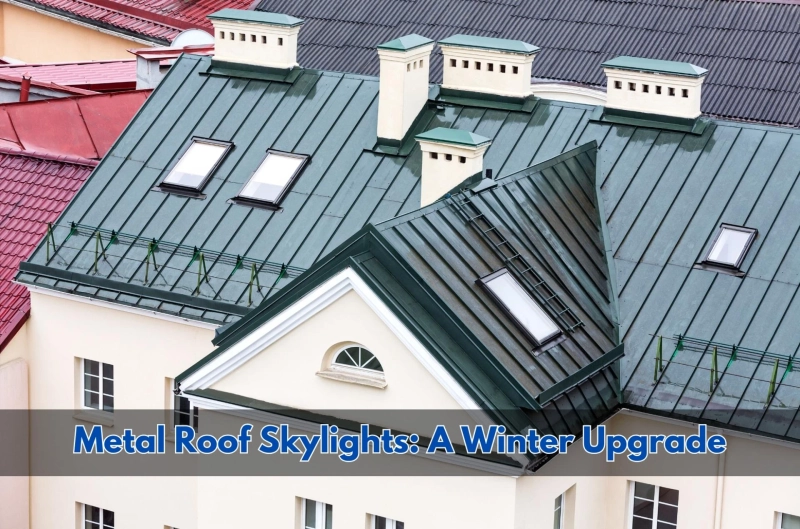As winter spreads its cool reach across Australia, many homeowners begin to feel the squeeze of shorter days and dimmer indoor spaces. Without diving into costly renovations, how can you bring more natural light and warmth into your home? One smart, understated solution is a metal roof skylight installation.
Skylights are one of those under-the-radar upgrades that punch way above their weight. They brighten your space, let in natural warmth, and—if installed well—can even help with airflow and energy use. Whether you’ve got a sharp-edged modern build or a more traditional home with corrugated steel roofing, adding a skylight in winter can make a big difference.
The real deal on insulation and skylights
Here’s something I learned the hard way: metal roofs are efficient, but they’re also sneaky conductors. Warm air inside your home? It can vanish fast through uninsulated patches, especially around roof penetrations like skylights.
That’s why insulation for metal roofs isn’t optional—it’s essential. When we had our skylight fitted last year, the installer walked me through the insulation process. I hadn’t thought about things like rigid boards around the curb or matching the R-value to the existing setup. But these little details matter:
- Rigid foam boards block thermal bridging right around the skylight edge.
- Reflective foil-backed layers bounce warmth back into the house.
- Spray foam seals keep air from sneaking through the gaps.
- Matching materials ensures consistent thermal performance.
If you're trying to keep your space cosy without sending your power bill through the roof, start with insulation. It’s the quiet hero of any winter renovation.
Getting the air moving: Roof ventilation and skylights
While insulation helps you keep warmth in, ventilation is what keeps your indoor air fresh and dry. This balance becomes especially important in winter, when we tend to seal up our homes tightly. The result? A build-up of humidity from daily life—cooking, showers, drying clothes—that can turn into foggy glass, damp patches, or even mould.
This is where a skylight, paired with proper ventilation, can do more than just brighten a room.
Although fixed skylights don’t vent air on their own, their location can work alongside ridge vents, soffit vents, or solar-powered exhaust systems. These combinations help move warm, moist air out of the home, allowing cooler, drier air to circulate. What is the benefit during winter? Less condensation, better air quality, and a more comfortable living environment.
If you’re in a spot like inland New South Wales or coastal Victoria, where winters bring either dry cold snaps or wet, foggy days, ventilation becomes even more important. It’s not just about comfort, but also protecting your home from moisture-related damage.

Proper ventilation is especially important in regions with heavy winter fog or temperature extremes, such as inland New South Wales or southern Victoria. In these areas, balancing light and air exchange becomes even more valuable for maintaining year-round comfort.
Let’s talk condensation: The hidden risk
When we first installed our skylight, I kept noticing water droplets on the glass. At first, I figured it was just cold air meeting warm air—no big deal. But it turns out that’s exactly the problem.
Condensation issues in roofing aren’t just annoying—they can lead to insulation damage, wood rot, and mould. And it’s worse under metal roofs because they cool so quickly.
Here’s what made the biggest difference for us:
- We switched to a double-glazed skylight to create a thermal break.
- A vapour barrier under the insulation stopped warm air from rising into the roof cavity.
- We ensured the roof had enough pitch to let moisture drain properly.
- And we made sure ventilation pulled moist air away from areas like the laundry and ensuite.
If you’re in a newer home that’s sealed tight, or an older place with minimal airflow, condensation will find a way. Best to get ahead of it now rather than fix water damage later.
Winter installs: Timing and planning
People often ask if winter’s a bad time to install a skylight. Honestly? It might be the best time—if you plan it right.
The cooler weather lets you see how your home performs when it matters most. Plus, it’s easier to spot where light is missing and where warmth could be better used.
That said, a winter install isn’t a slapdash job. It needs solid planning:
- Make sure your insulation choices match your roof’s existing structure.
- Line up a ventilation plan so moist air has somewhere to go.
- Pick a skylight rated for your local conditions.
- Think about condensation control—double glazing, vapour barriers, etc.
- Schedule around weather windows (your roofer will thank you).
And if your roof’s getting on in years, it might be time to consider key considerations for replacing a metal roof—sometimes upgrading one part is the gateway to solving bigger issues.
Is a metal roof skylight worth it?
Absolutely. If you’ve ever walked into a room bathed in soft daylight on a winter morning, you know how powerful it is. It lifts your mood, makes the space feel larger, and helps you rely less on lights and heaters.
For us, the skylight turned a cold, dark corridor into one of the warmest, most loved spots in the house.
Just remember—it’s not about rushing to cut a hole in the roof. It’s about doing it right. With the proper insulation, ventilation, and moisture control in place, a skylight can become a long-term asset. A subtle upgrade that quietly improves your daily life in all the right ways.


